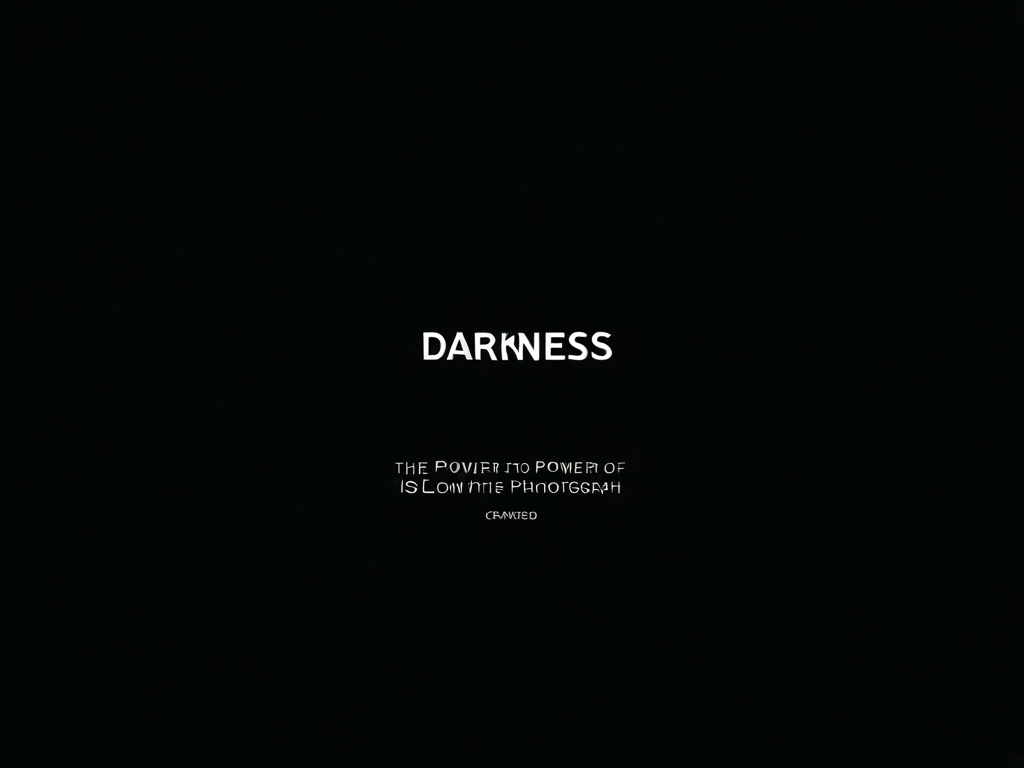Unlocking Darkness: The Power of ISO in Low-Light Photogr...

ISO is a fundamental component of digital photography, allowing photographers to adjust the sensitivity of their camera’s sensor in response to varying lighting conditions. In low-light photography, ISO plays a crucial role in capturing high-quality images. In this post, we’ll explore the role of ISO in low-light photography and how it can be used effectively to produce stunning results.
Understanding ISO
ISO stands for International Organization for Standardization, but in the context of photography, it refers to the sensitivity of the camera’s sensor. The higher the ISO setting, the more sensitive the camera becomes to light. This means that even a small amount of light can be captured and used to produce a well-exposed image.
How ISO Affects Low-Light Photography
When shooting in low-light conditions, the primary concern is capturing enough light to produce a well-exposed image. ISO plays a crucial role here by allowing photographers to adjust their camera’s sensitivity to capture more or less light. Here are some key ways that ISO affects low-light photography:
- Noise: Higher ISO settings can introduce noise into an image, making it appear grainy and less detailed. This is because the increased sensitivity of the camera sensor also increases the amount of random electrical signals that are captured along with the desired image information.
- Exposure: Lower ISO settings require more light to produce a well-exposed image. In low-light conditions, this can result in underexposed images unless additional lighting sources are used or other exposure adjustments are made.
- Dynamic Range: Higher ISO settings can also affect an image’s dynamic range, making it appear flat and lacking contrast.
Practical Examples
To illustrate the role of ISO in low-light photography, let’s consider a few practical examples:
- Street Photography: When shooting street photography at night, a lower ISO setting (such as 100 or 200) can be used to capture more detail in the shadows. However, this may require additional lighting sources to illuminate the scene properly.
- Low-Light Landscapes: In low-light conditions, a higher ISO setting (such as 1600 or 3200) can be used to capture more light and produce a well-exposed image. However, this may also introduce noise into the image.
- Nighttime Portraits: When shooting portraits at night, a lower ISO setting (such as 400 or 800) can be used to capture more detail in the shadows. However, additional lighting sources may be required to illuminate the subject properly.
Tips for Using ISO Effectively
Here are some tips for using ISO effectively in low-light photography:
- Understand Your Camera’s ISO Range: It’s essential to understand your camera’s ISO range and how it affects image quality.
- Use a Tripod: A tripod can help reduce camera shake, allowing you to use lower ISO settings without introducing noise into the image.
- Adjust Exposure Compensation: Adjusting exposure compensation can help balance the exposure of an image when using different ISO settings.
- Shoot in RAW: Shooting in RAW format allows for greater flexibility when editing images, which is particularly useful when working with high-ISO images.
Conclusion
In conclusion, ISO plays a crucial role in low-light photography by allowing photographers to adjust their camera’s sensitivity to capture more or less light. While higher ISO settings can introduce noise into an image, they can also produce stunning results in low-light conditions. By understanding how ISO affects low-light photography and using it effectively, photographers can produce high-quality images that showcase their skills and creativity.
About Emily Williams
As a seasoned photographer and educator, I help creative minds unlock their potential on lentecreativa.com. With a focus on real-world tips & techniques, I inspire photographers to push boundaries & tell stories that matter.
